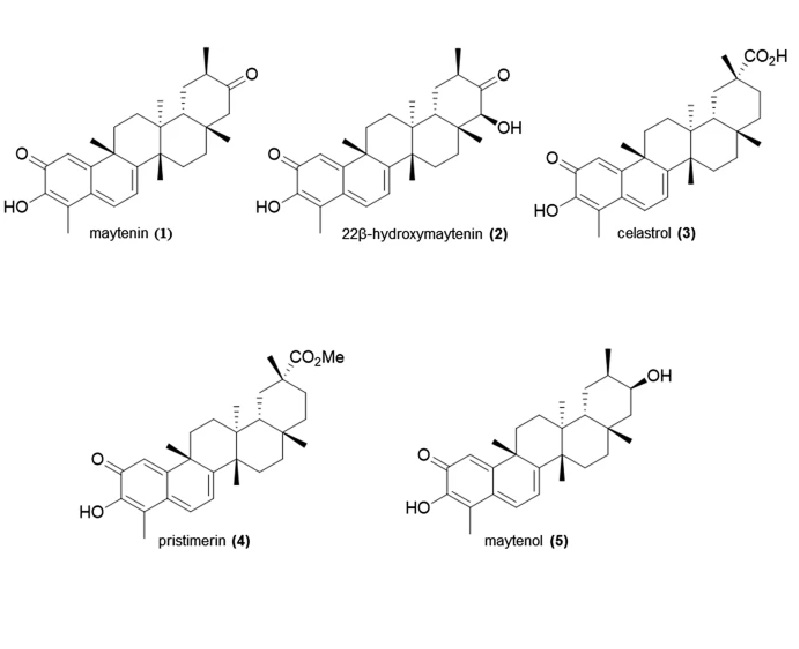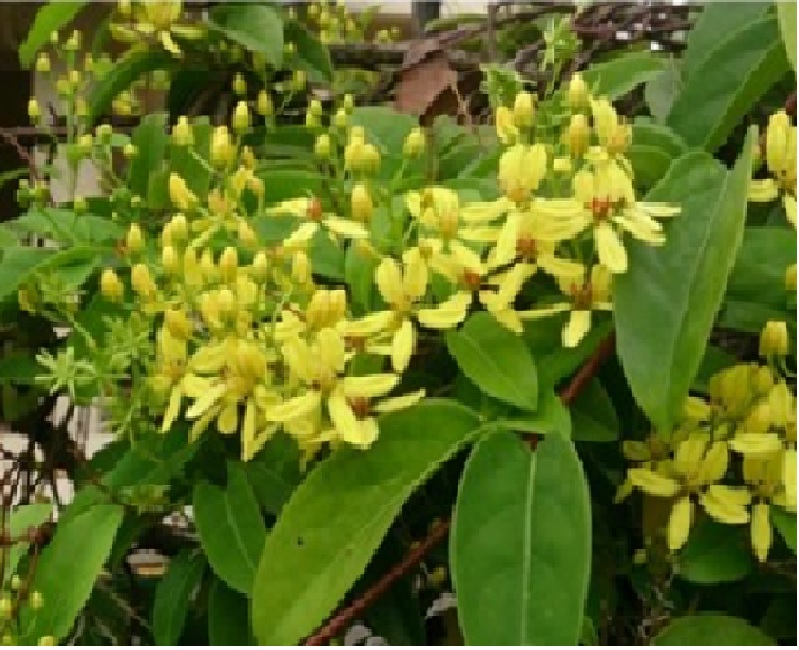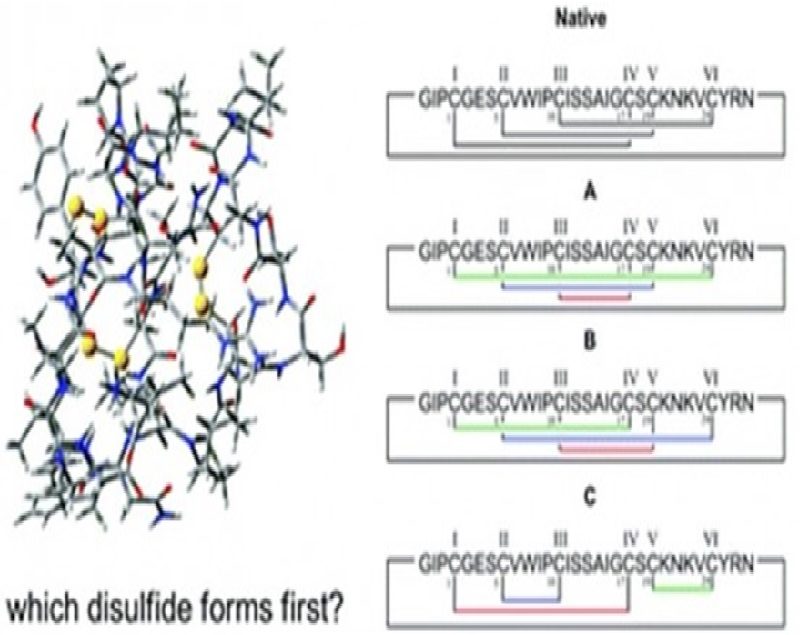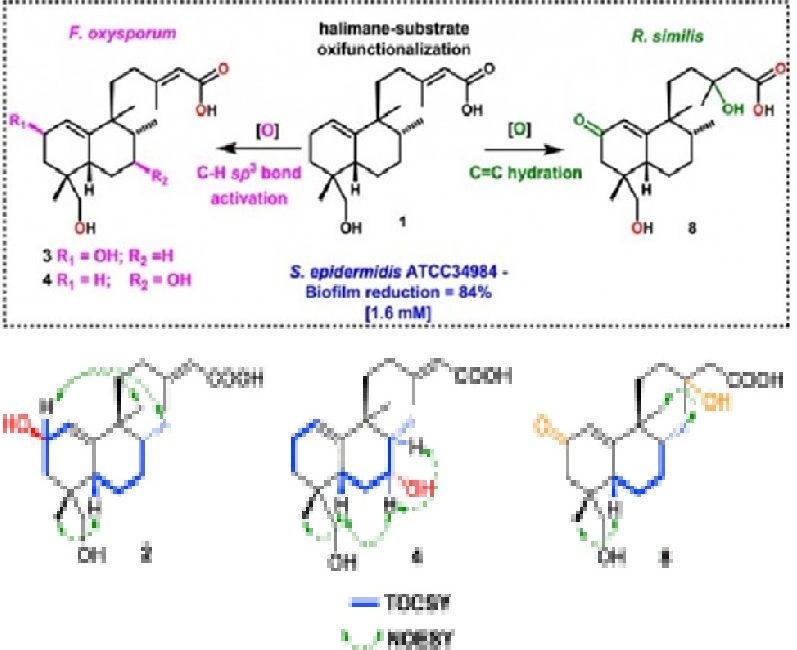
Authors:
Inacio, Marielle Cascaes 1 ; Paz, Tiago Antunes 1 ; Soares Pereira, Ana Maria 2 ; Furlan, Maysa 1
Abstract:
Peritassa campestris (Celastraceae) root bark accumulates potent antitumor quinonemethide triterpenes (QMTs). When grown in their natural habitat, plants of the family Celastraceae produce different QMTs such as celastrol (3) and pristimerin (4). However, when they are inserted in in vitro culture systems, they accumulate maytenin (1) as the main compound. Recently, Bacillus megaterium was detected as an endophytic microorganism (EM) living inside P. campestris roots cultured in vitro. We hypothesized that compound (1) controls EM growth more efficiently, and that the presence of EMs in the root culture causes compound (1) to accumulate. For the first time, this work has explored plant–microorganism interaction in a species of the family Celastraceae by co-culture with an EM. Live endophytic bacteria were used, and QMT accumulation in P. campestris adventitious roots was our main focus. The antimicrobial activity of the main QMTs against endophytic B. megaterium was also evaluated. Our results showed that compound (1) and maytenol (5) were more effective than their precursors QMTs (3) and (4) in controlling the EM. Co-culture of B. megaterium with roots significantly reduced bacterial growth whereas root development remained unaffected. Compound (1) production was 24 times higher after 48 hr in the presence of the highest B. megaterium concentration as compared to the control. Therefore, P. campestris adventitious roots affect the development of the endophyte B. megaterium through production of QMTs, which in turn can modulate production of compound (1).
1 Instituto de Química, Universidade Estadual Paulista – UNESP, Araraquara, Brazil
2 Departamento de Biotecnologia Vegetal, Universidade de Ribeirão Preto – UNAERP, Ribeirão Preto, Brazil
Link to article: https://link.springer.com/article/10.1007%2Fs10886-019-01096-y







